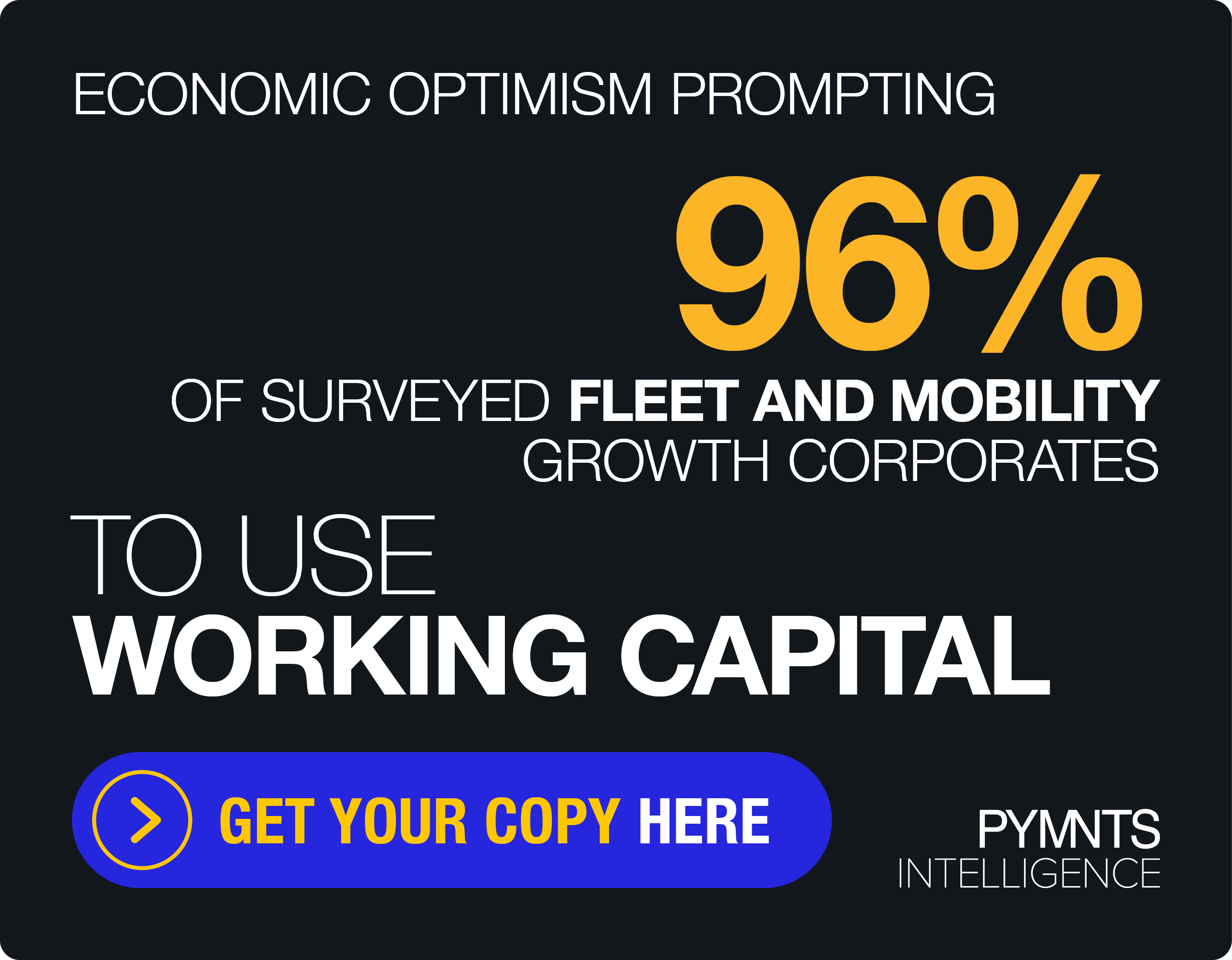Today’s Payments Renaissance: How Alternative Methods Improve Conversions
In today’s operating environment, every little bit counts more than ever.
And businesses aren’t shy about asking for it.
“One of the universal truths about what we are always asked by clients is, ‘Can I pass this fee on to my customer? Can I pass the processing fee on? Can I find a way to not let this hurt my margins?’” Andrew Gleiser, CRO at FinTech platform Aeropay, told PYMNTS. “That is definitely what comes up the most.
“And ultimately, depending on the vertical, there is quite a difficult margin squeeze that a lot of customers are facing these days,” he added.
That’s because between taxes and rising interest rates, the very complicated compliance background, and growing competition forcing retailers to lower prices, every dollar — and increasingly every cent — counts.
So, what are those retailers questioning the necessity of credit card fees and seeking viable alternatives supposed to do?
Gleiser said the answer lies in leveraging innovative payment solutions that can maximize top line revenues and make customers happy enough to keep coming back.
“We like to say, ‘Let the numbers tell the story,’ but oftentimes clients will come back and say, ‘I’m maximizing my top line revenue, but that comes at the expense of my margins. That’s not sustainable.’ But the reality is it sometimes can be,” Gleiser said. “It sometimes actually makes sense to pay a little bit more to acquire a customer, acquire a sale, because at the end of the day, you end up getting more money in your pocket.”
Payment Alternatives and Technological Advances
As businesses navigate the ever-changing payment landscape, the quest for cost-effective alternatives to credit card fees that offer a seamless consumer experience becomes increasingly vital.
“It’s important to look at what is the revenue uplift of a payment method minus the processing costs,” Gleiser said. “Take a look at their data and see what is popping up there, not just from an individual transaction perspective, but overall for the business.”
By considering alternative payment platforms that strike a balance between reducing costs and providing a seamless customer experience, as well as by embracing technological advancements, businesses can adapt to the evolving payment landscape and meet the changing needs of their customers.
“I really think that the most important thing that any company can do, is meet your customers where they are at,” Gleiser said.
However, in today’s fast-paced payment landscape, the challenge lies in encouraging customers to embrace alternative payment methods without compromising sales or customer satisfaction.
“Payments is experiencing kind of a second renaissance, if you will, with the rise of alternative payment options such as buy now, pay later, wallets, and bank payments,” Gleiser explained. “Businesses are spending a huge amount of time and money on UX [user experience] improvement, figuring out how they can improve the customer experience. But at that final step of that journey, right before they check out, is the conversion, it’s the sale, and the biggest piece of that experience is how a customer is paying.”
That’s because, at the end of the day, businesses need to make sure that their customers can settle their payment with their chosen payment method.
Payments Choice Leads to Satisfaction, Retention
“Let people check out how they want,” Gleiser said. “You want to offer payment methods, emphasis on the plural, because many, many folks these days are not just paying with cards, they’re paying with a lot of different mechanisms to basically do what is most convenient for them.
“Ultimately, having a customer’s preferred payment method within that streamlined experience is going to drive more conversions and sales and keep folks coming back,” he said.
Looking ahead, Gleiser said the payments landscape is poised for further transformation with advancements like real-time payments and the introduction of new payment products that can help firms can maximize revenue and enhance the customer experience.
“Business is going to remain business. Firms are going to continue to ask how they can maximize revenue and the customer experience and how does payments play a role in that. That’s not going to change,” Gleiser said.
But he believes that payment vehicles like ACH, bank payments, and even debit cards, all of which offer fewer or no fees when compared to credit card processing, may start to play a larger role within the payments occasion.
“Credit cards are very easy, that’s why they do so well. But firms might start to explore how they can maybe encourage someone to move toward a cheaper payment method without jeopardizing the customer experience,” Gleiser said.
He added that one thing will always be true: Businesses must embrace innovative payment solutions and leverage data-driven strategies to stay ahead in the ever-evolving payment landscape.

